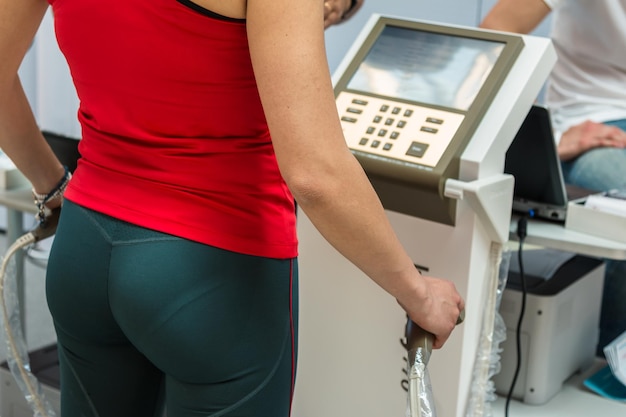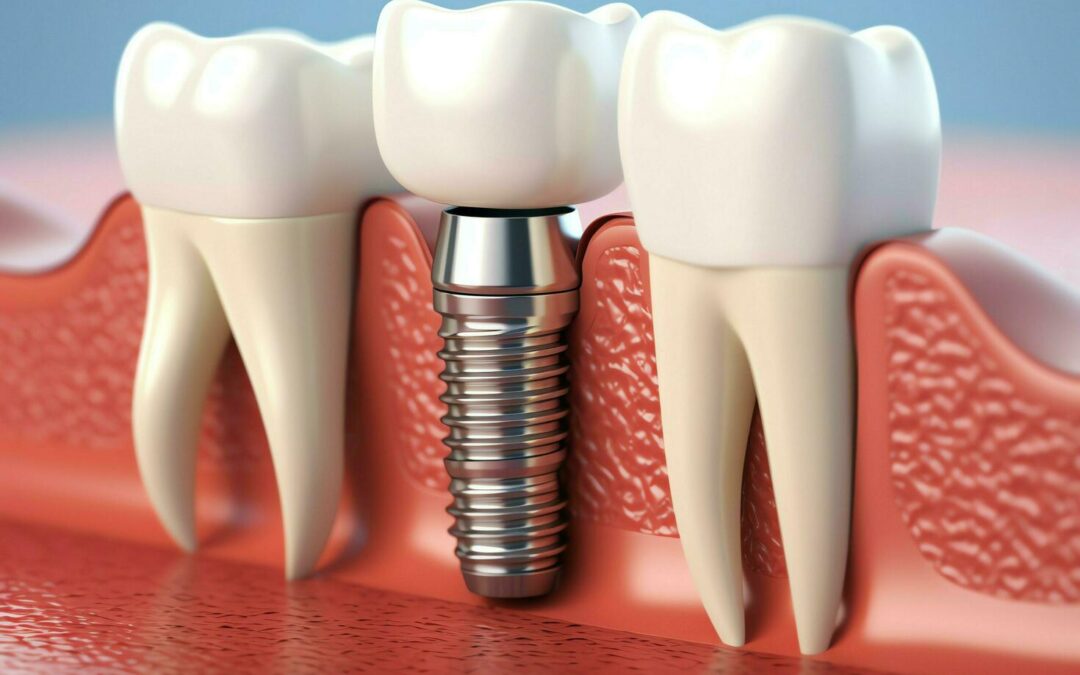Achieving optimal health and fitness requires more than just regular exercise and a balanced diet. Understanding your body’s composition is essential to tailor your fitness journey effectively. In-Body Analysis at Home in Abu Dhabi offers a convenient and accurate way to monitor your body’s progress without the need for frequent visits to health clinics or gyms. This innovative approach empowers individuals to take control of their health by providing detailed insights into their body composition right from the comfort of their home. Whether you’re aiming for weight loss, muscle gain, or overall wellness, in-home analysis tools can be a game-changer in your fitness regimen.
What is In-Body Analysis?
Definition and Components
In-Body analysis refers to a comprehensive assessment of your body’s composition, including metrics like body fat percentage, muscle mass, water content, and basal metabolic rate. Unlike traditional scales that only measure weight, in-body analysis provides a detailed breakdown of what your body is made of. This allows for a more precise understanding of your health status and helps in designing targeted fitness plans.
How It Works
The process typically involves standing on a specialized device that uses bioelectrical impedance analysis (BIA). The device sends a low-level electrical current through your body and measures the resistance encountered. Since muscle, fat, and water conduct electricity differently, the device calculates the proportions of each component. Modern in-body analyzers are equipped with user-friendly interfaces and can be used conveniently at home, making regular monitoring accessible.
Benefits of In-Body Analysis at Home
Convenience and Accessibility
One of the primary advantages of conducting in-body analysis at home is the convenience it offers. No need to schedule appointments or travel to clinics; you can perform measurements whenever it suits your routine. This ease of access encourages more frequent monitoring, which is vital for tracking progress and making necessary adjustments.
Accurate Tracking of Fitness Progress
Regular in-body analysis helps in accurately tracking your fitness journey. It provides data on how your body composition changes over time, enabling you to assess whether your current routine is effective or if modifications are needed. This continuous feedback loop motivates individuals to stay committed to their goals.
Personalized Fitness and Nutrition Plans
With detailed insights into your body’s makeup, you can develop personalized fitness and nutrition plans. For example, if your analysis shows a higher fat percentage but low muscle mass, your workout can focus on strength training while your diet emphasizes protein intake. This targeted approach enhances the efficiency of your efforts.
Motivation and Accountability
Seeing tangible results through data can boost motivation. When you observe improvements such as reduced body fat or increased muscle mass, it reinforces your commitment. Regular monitoring also fosters accountability, making it easier to stick to your health plan.
How In-Body Analysis Assists in Achieving Fitness Goals
Setting Realistic and Measurable Goals
In-body analysis provides concrete data that helps set realistic and measurable fitness goals. Instead of vague objectives like “lose weight,” you can aim to reduce your body fat percentage by a specific amount or increase muscle mass. Clear targets make your fitness plan more structured and achievable.
Monitoring Progress and Making Adjustments
Continuous monitoring allows you to observe how your body responds to different training and diet strategies. If progress stalls, you can analyze the data to identify issues and modify your routine accordingly. This iterative process ensures you stay on the path to your goals.
Enhancing Motivation and Consistency
Seeing consistent improvements through regular analysis keeps motivation high. It encourages you to maintain your efforts, knowing that your hard work is translating into measurable results. Consistency is key to long-term success, and in-home analysis makes it easier to stay committed.
Identifying Hidden Issues and Imbalances
Sometimes, superficial assessments might overlook underlying issues like water retention or muscle loss. In-body analysis can reveal such imbalances, allowing for targeted interventions. Addressing these concerns can optimize your overall health and fitness outcomes.
How to Use In-Body Analysis Effectively at Home
Choosing the Right Device
Selecting a reliable in-body analysis device suited for home use is crucial. Look for features like user-friendliness, accuracy, and data storage capabilities. Reading reviews and consulting with fitness experts can help in choosing the best option for your needs.
Regular Monitoring Schedule
Establishing a consistent schedule—such as weekly or bi-weekly measurements—ensures you gather sufficient data to track trends. Regular assessments help in making timely adjustments to your fitness plan and maintaining motivation.
Interpreting the Data
Understanding the results is vital. Focus on key metrics like body fat percentage, skeletal muscle mass, and hydration levels. Most devices come with interpretative guides or companion apps that simplify data analysis, making it easier to incorporate insights into your routine.
Integrating Data into Your Fitness Plan
Use the insights gained from in-body analysis to refine your workouts and nutrition strategies. For instance, if muscle mass is not increasing as desired, consider incorporating strength training or adjusting protein intake. Regularly updating your plan based on data keeps your fitness journey dynamic and effective.
Common Challenges and How to Overcome Them
Ensuring Accurate Measurements
Factors like hydration levels, recent physical activity, and time of day can affect accuracy. To get consistent results, measure at the same time each day, preferably in the morning after waking up and before eating or drinking.
Maintaining Regular Monitoring
Sticking to a schedule can be challenging amidst busy routines. Set reminders, integrate measurements into your daily habits, and view this process as an essential part of your health management.
Interpreting Results Correctly
Misinterpretation of data can lead to frustration or miscalculations. Use device tutorials, consult professionals if needed, and focus on long-term trends rather than day-to-day fluctuations.
Future Trends in In-Body Analysis
Advancements in technology are making in-body analysis more sophisticated and user-friendly. Integration with smartphones, AI-driven insights, and personalized health recommendations are paving the way for more comprehensive health management tools. As these innovations become more accessible, individuals will have even more powerful means to monitor and improve their health from home.
FAQs about In-Body Analysis at Home in Abu Dhabi
How often should I perform in-body analysis at home?
For optimal tracking, it is recommended to perform in-body analysis once every one to two weeks. Regular assessments help monitor progress while avoiding unnecessary fluctuations.
Is in-body analysis suitable for everyone?
Most adults can benefit from in-body analysis, but individuals with certain medical devices or conditions should consult a healthcare professional before use to ensure safety and accuracy.
Can I rely solely on in-body analysis for my fitness journey?
While in-body analysis provides valuable insights, it should be complemented with other assessments such as strength tests, endurance evaluations, and overall health monitoring for a comprehensive approach.
What are the best practices for accurate in-home measurements?
Measure at the same time each day, preferably in the morning, under consistent conditions. Ensure your skin is dry, remove any jewelry, and follow the device’s instructions carefully to ensure accurate readings.







0 Comments